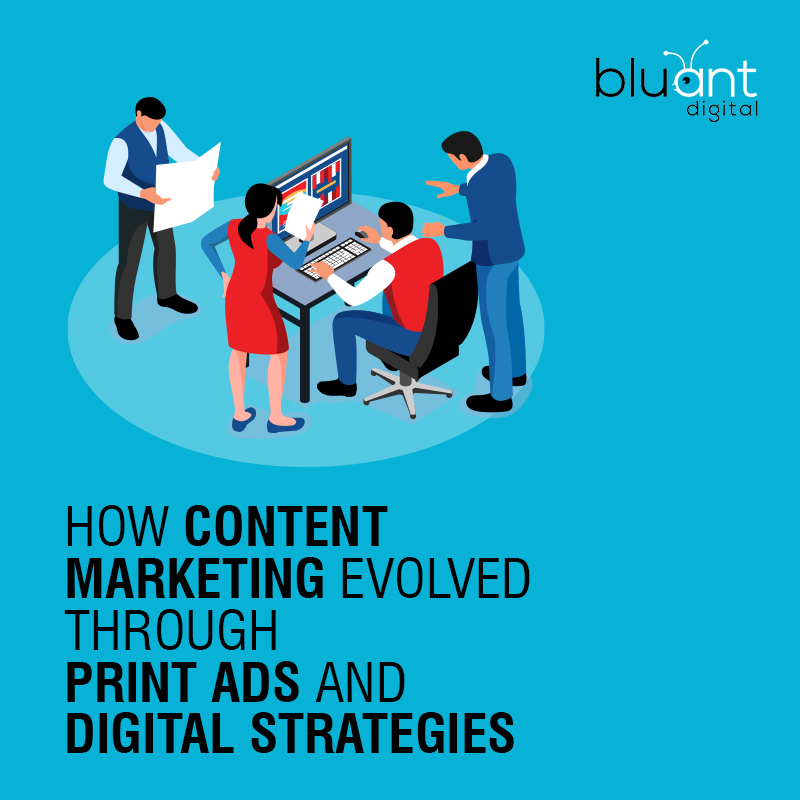
How Content Marketing Evolved Through Print Ads and Digital Strategies
Content marketing has been around for centuries, with evidence of printed materials promoting products and services dating back to ancient civilizations. As technology has advanced, so too has the evolution of content marketing, from traditional print ads to digital strategies that reach audiences across the globe. In this blog post, we’ll take a look at the history of content marketing, its current state, and where it’s headed in the future.
The Early Days of Content Marketing
The origins of content marketing can be traced back to the invention of the printing press in the 15th century. As mass production of books and newspapers became more widespread, businesses began to see the value in using print ads to promote their products and services. Companies like Coca-Cola and Procter & Gamble were early pioneers of this approach, using print ads to reach audiences in newspapers and magazines.
In the early 1900s, radio became the next frontier for content marketing, as businesses began sponsoring programs to promote their products. The first-ever radio commercial was aired in 1922, and soon after, television became the new medium for reaching audiences with content marketing.
The Digital Age of Content Marketing
With the advent of the internet in the 1990s, content marketing entered a new era. Businesses began creating websites to showcase their products and services, and email marketing campaigns became a popular way to reach customers. As social media platforms like Facebook and Twitter emerged, businesses began using them to engage with their audience and promote their content.
Today, content marketing is an essential part of any digital marketing strategy. It includes a range of tactics, from blog posts and infographics to videos and podcasts. Content marketing is designed to inform, educate, and entertain audiences, with the goal of building trust and loyalty with customers.
The Future of Content Marketing
As technology continues to advance, the future of content marketing looks bright. Artificial intelligence and machine learning will play a larger role in content creation and distribution, allowing businesses to reach audiences with more personalized and targeted messaging. Virtual and augmented reality will also change the way content is delivered, with immersive experiences that allow customers to interact with products and services in new ways.
Content marketing has emerged as a powerful marketing tool for businesses to attract and retain customers. From the traditional methods of print ads, billboards, and TV commercials to modern-day digital strategies, content marketing has evolved to become the king that reigns supreme.
One of the main advantages of content marketing is its ability to engage with the target audience. By creating valuable and informative content, businesses can establish themselves as experts in their industry. It helps in building trust and credibility with the target audience, which is essential for a business’s growth.
Another benefit of content marketing is its cost-effectiveness. Traditional marketing methods can be expensive and may not be suitable for small businesses. However, with content marketing, businesses can create content that resonates with their audience at a fraction of the cost. It’s a great way for small businesses to level the playing field and compete with larger businesses.
In conclusion, content marketing has come a long way since its inception. It has evolved from traditional methods to digital strategies and has become an integral part of a business’s growth. By investing in Content Marketing Services in Kolkata, businesses can create a content marketing strategy that caters to their target audience. With the right strategy, businesses can establish themselves as experts in their industry, build trust and credibility with their audience, and achieve their marketing goals. Remember, content is king, and it’s essential for businesses to create valuable and informative content to succeed in today’s world.

